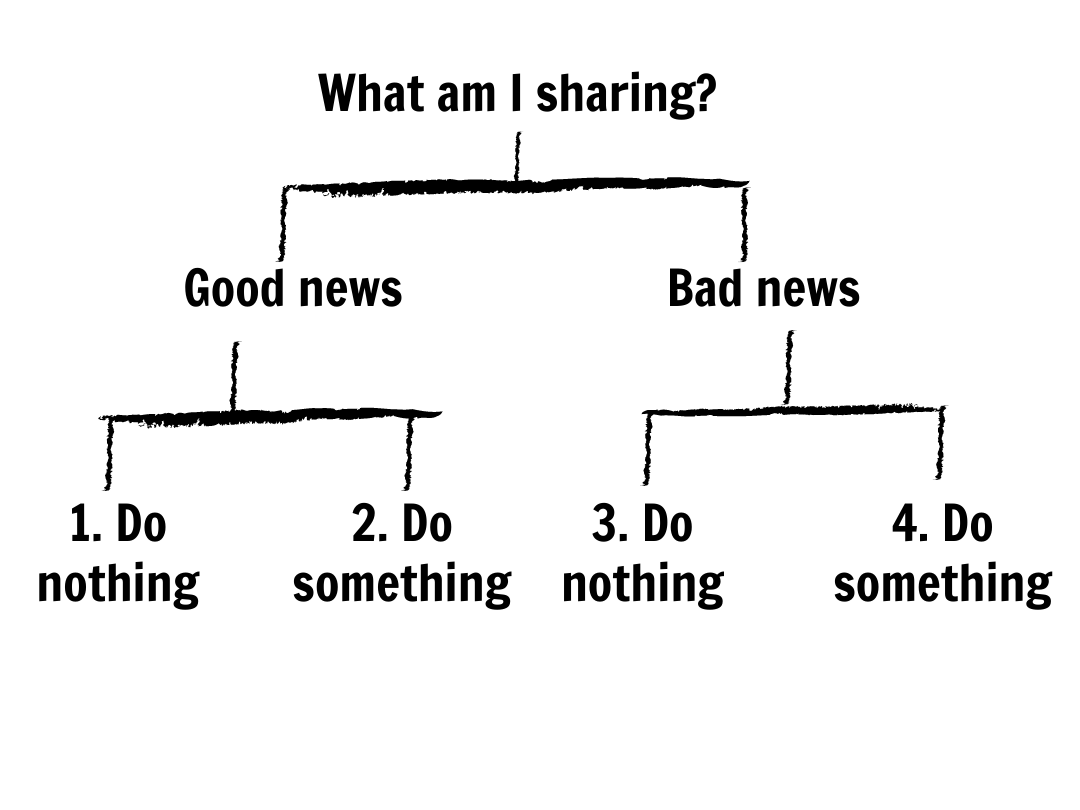Effective emails

We waste a lot of time writing emails that get ignored, or worse, provoke an unintended response.
So here's how to write emails that work:

First ask, is the news you are sharing with your customer good news or bad news for them?
If it is good news, the tone can be upbeat and positive. If it is bad news, you’ll need to tread more carefully.
Then ask, what do you want them to do as a result of reading your email? Do you want them to do something (action required) or do nothing (no action required)?
If you don’t need (or want) them to do anything, tell them that so they feel reassured. This closes the communication loop so they are not left wondering what to do next.
If you want them to do something, the 'why' of doing so must be clear along with the 'how' to do it.
For example:
1. Good news, Do Nothing
You’re holding their price at last year’s levels rather than increasing it. Build goodwill by telling them why you’ve decided to do this (e.g., we’ve decided to absorb…), and reassure them their service will remain unchanged.
2. Good news, Do something
You’re giving them access to a bonus product but they’ll need to click the button to claim it. Frame it as a customer benefit so they understand why they are receiving this benefit (e.g., to thank you, to celebrate…) and make the call-to-action (CTA) as simple as possible to use. Let them know why they won’t want to miss out on this special offer.
3. Bad news, Do nothing
You’re increasing their price and will amend the amount billed automatically. Start by briefly contextualising the reason for the price adjustment before assuring them you’ll take care of the change — there is nothing they need to do. While your objective is to minimise the chances of a negative reaction and customer complaints, you should provide an avenue for them to contact you if they need to.
4. Bad news, Do something
You’re discontinuing the product they are using and need them to switch to an alternative. Explain the reason for the change before moving to what they need to do. Ideally you would provide a recommendation (e.g., based on x we suggest y) and explain what happens if they don’t take action (i.e. if we don’t hear from you, we’ll move you across to z).
You'll find this model on Effective Emails, along with more on why emails get ignored, in The Williams Behaviour Book.
Image from: https://pixabay.com/illustrations/social-social-network-1206603/

